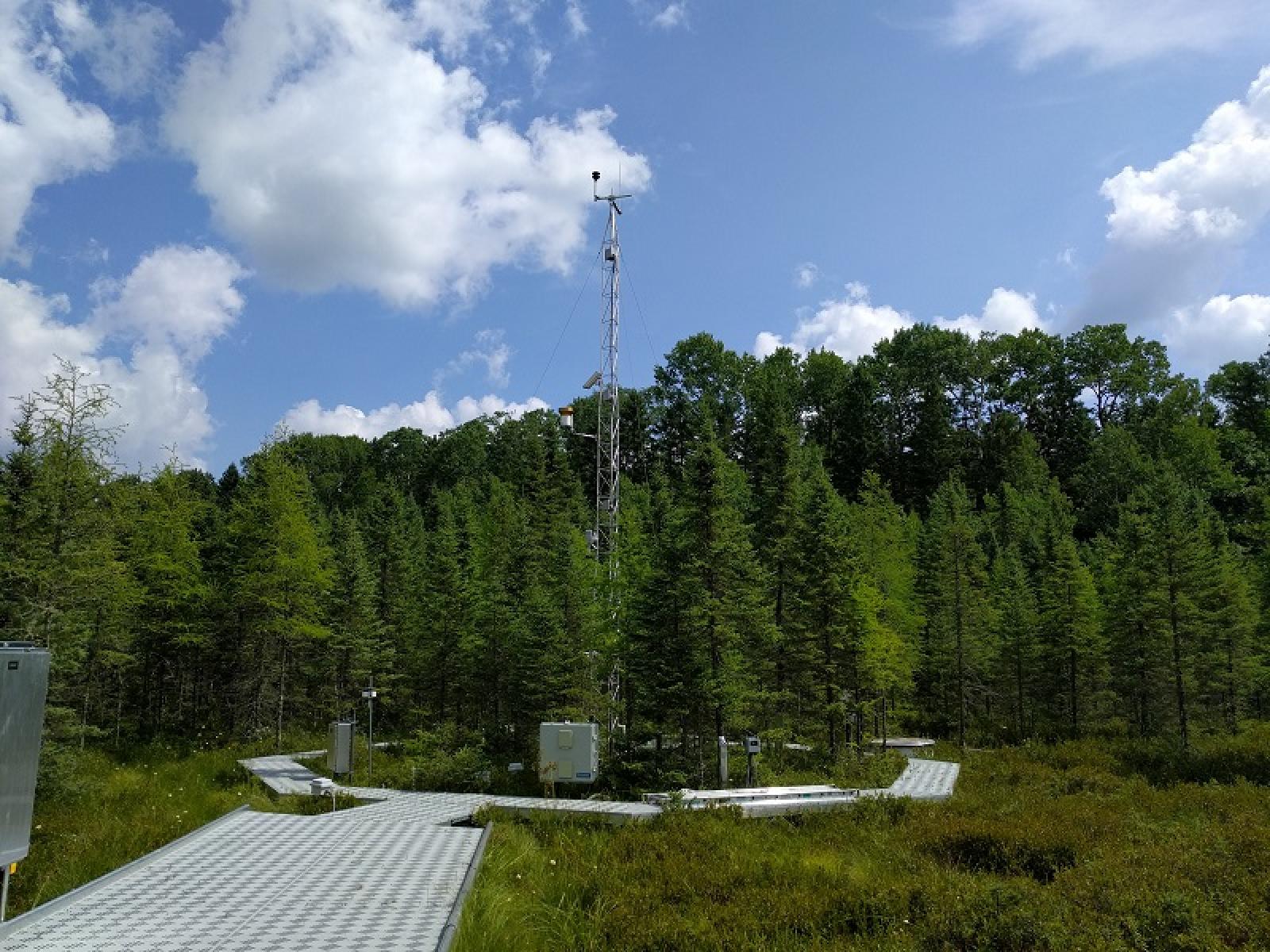A New Role for Microbes in Peatland Nitrogen Supply
Research reveals that bacteria contribute to peatland nitrogen availability through organic nitrogen breakdown.

The Science
Nitrogen is a critical nutrient regulating productivity in many ecosystems and influences nutrient availability by affecting organic matter decomposition rates. Nitrogen fixation—converting atmospheric nitrogen into biologically available compounds—by microorganisms has historically been considered the primary nitrogen source in peatlands. However, recent work shows that nitrogen fixation alone cannot meet nitrogen requirements. Researchers at Pacific Northwest National Laboratory and Iowa State University evaluated the genetic potential of microorganisms to supply nitrogen in peatlands via the breakdown of large organic molecules. Results show bacterial potential for cleaving amino acids from organic inputs from plants. This finding contrasts with the paradigm that fungi are genetically superior in their capacity to release nitrogen from organic molecules.
The Impact
Understanding the processes that govern carbon and nutrient dynamics in northern peatlands is critical to predicting future biogeochemical cycles. These ecosystems account for 15‒30% of global soil carbon storage. This study expands the understanding of coupled carbon and nitrogen cycles in northern peatlands, with results indicating that understudied bacterial and archaeal lineages may be central in these ecosystems’ response to environmental change. This project leverages DOE’s one-of-a-kind SPRUCE infrastructure to address mechanisms underlying ecosystem responses to climate change and contribute to the broader goals of the Terrestrial Ecosystem Science Scientific Focus Area.
Summary
Nitrogen is a common limitation in plant productivity and its source remains unresolved in northern peatlands, which are vulnerable to environmental change. Decomposition of complex organic matter into free amino acids has been proposed as an important nitrogen source, but the genetic potential of microorganisms catalyzing this process has not been examined.
Researchers evaluated the microbial—fungal, bacterial, and archaeal—genetic potential for organic nitrogen break down in peatlands at Marcell Experimental Forest in northern Minnesota. The team investigated the abundance and diversity of protease genes involved in the release of nitrogen from organic matter across depths and in two distinct peatland environments—bogs and fens. Analysis of shotgun metagenomic data demonstrates high genetic potential for production of free amino acids across a diverse range of microbial guilds.
Researchers also found a high abundance of protease genes compared with nitrogen-fixation genes typically thought to provide nitrogen in peatlands. Bacterial genes encoding proteolytic activity suggested a predominant role for bacteria in regulating productivity, which contrasted with the paradigm of fungal dominance of organic nitrogen decomposition. This research is foundational to understanding the mechanisms by which carbon cycling is linked to ecosystem nutrient status in the face of changing climate.
Contacts
Emily Graham, Pacific Northwest National Laboratory, emily.graham@pnnl.gov
Kirsten S. Hofmockel, Pacific Northwest National Laboratory, kirsten.hofmockel@pnnl.gov
Funding
This research is supported by the U.S. Department of Energy Office of Science, Office of Biological and Environmental Research, Terrestrial Ecosystem Science SFA.
Revised: September 6, 2019 | Published: September 9, 2019
E.B. Graham, F. Yang, S. Bell, K.S. Hofmockel, “High Genetic Potential for Proteolytic Decomposition in Northern Peatland Ecosystems.” Applied and Environmental Microbiology 85, e02851-18 (2019).